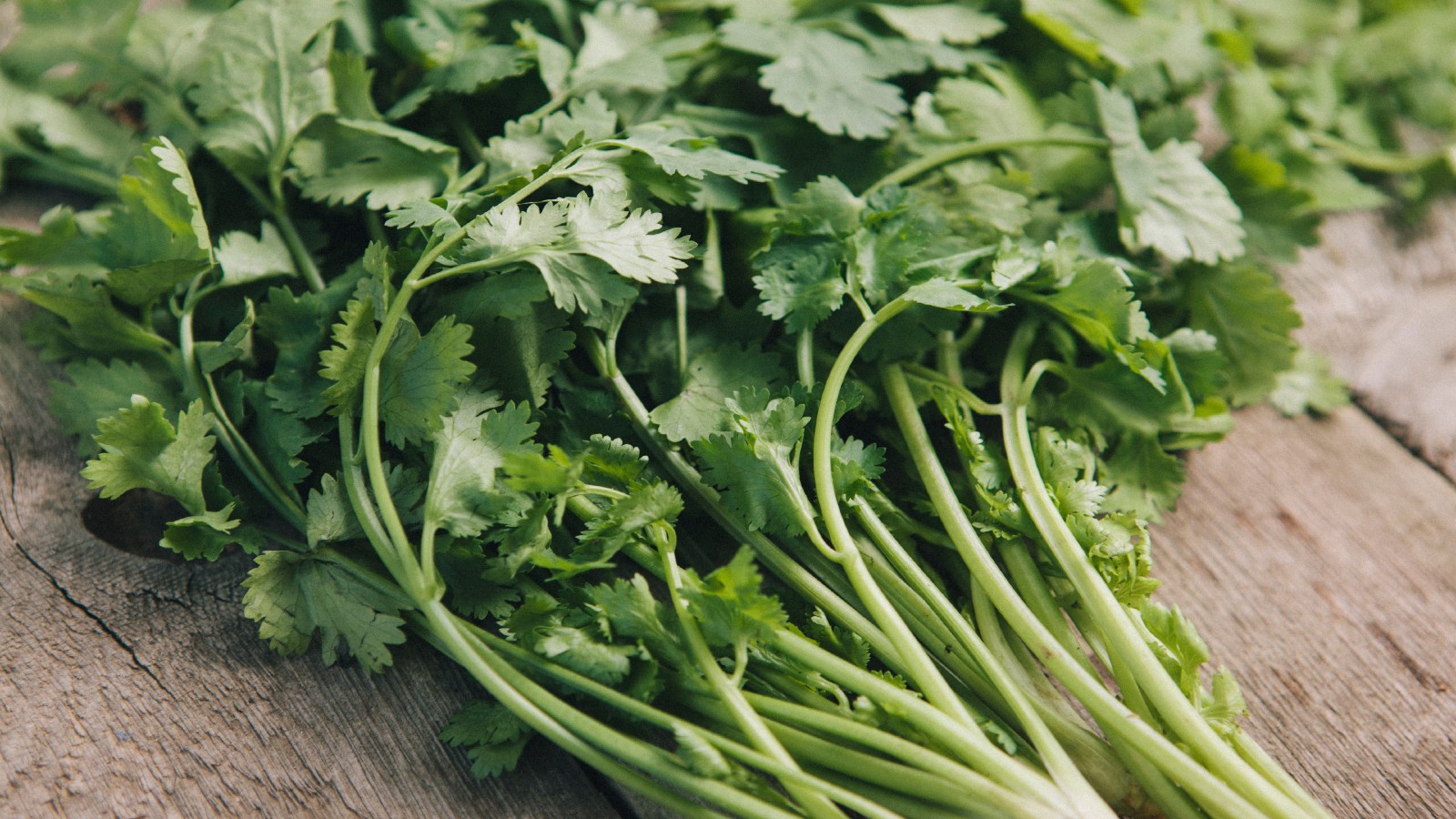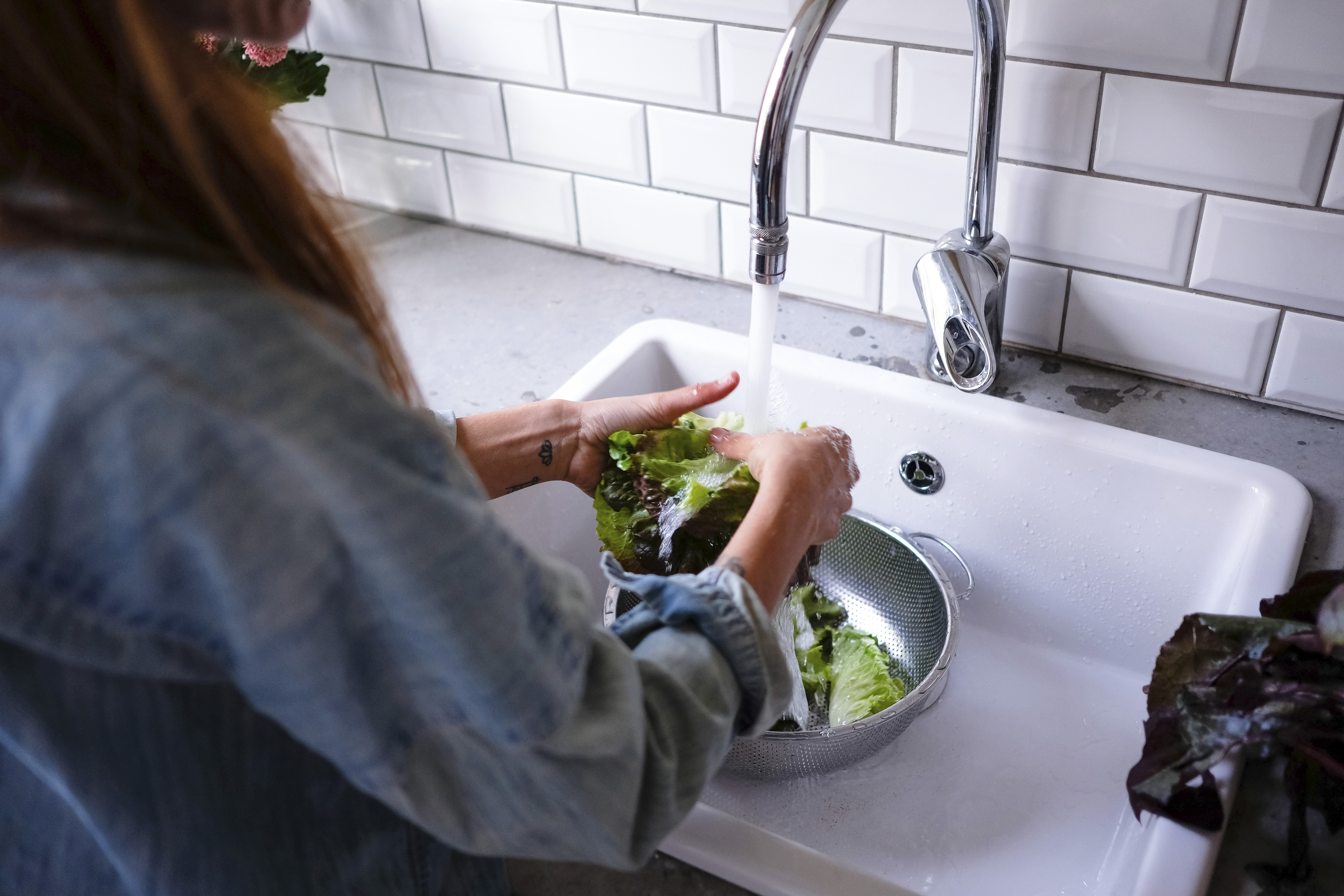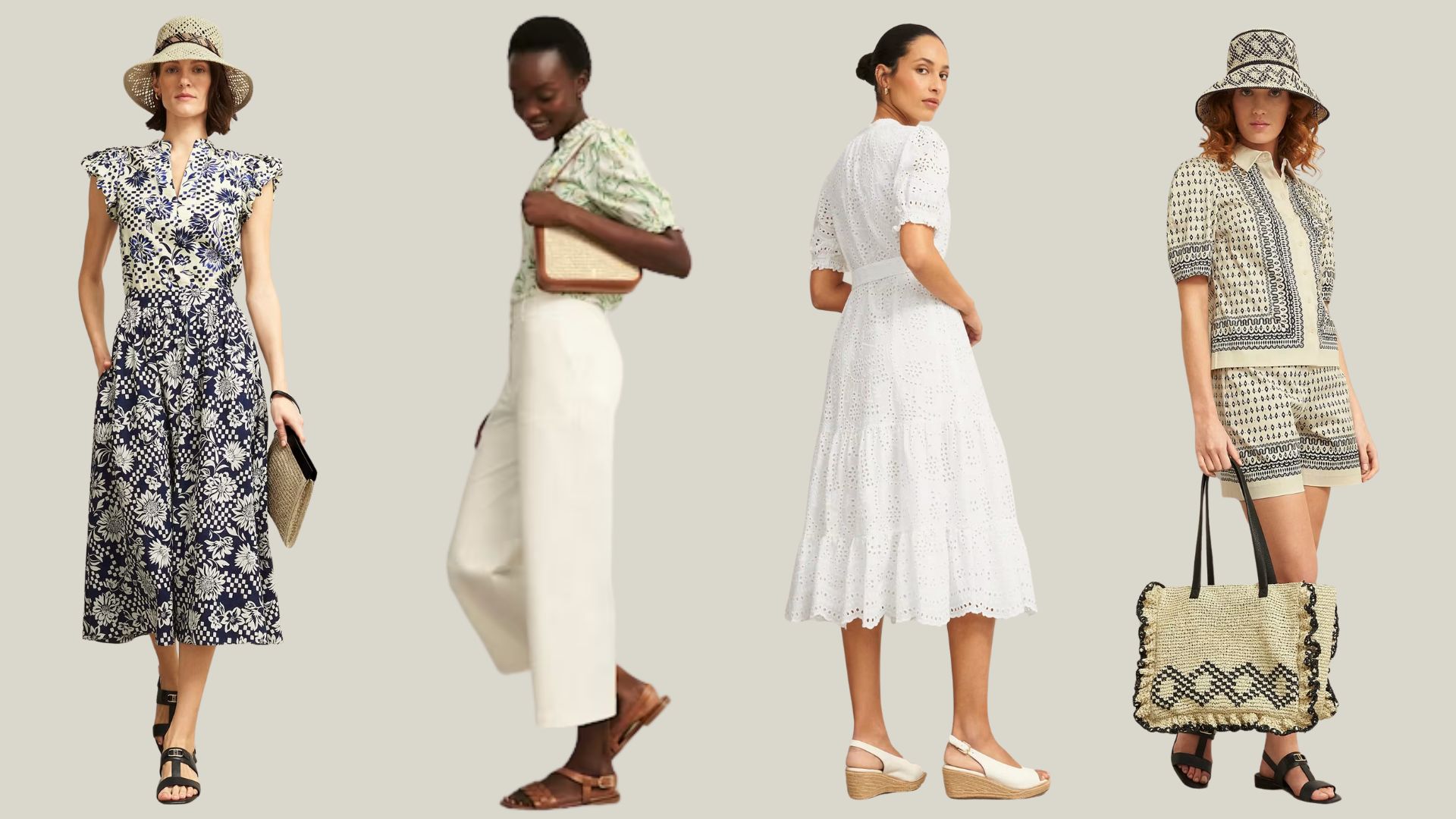Widespread Salmonella outbreak could be linked to cilantro, according to the CDC
The source for the Salmonella outbreak has yet to be confirmed as the CDC continues to investigate


The Center for Disease Control and Prevention has issued food safety guidelines as the ongoing investigation into a widespread Salmonella outbreak continues.
At least 279 people have been infected with Salmonella from an unknown food source. The CDC has reported that 29 states have been impacted and at least 26 people have been hospitalized because of it. So far, the investigation has found a commonality from people who ate at the same restaurant. No definitive food source has been identified, but the CDC has found a link to the strain from a takeout container provided by one infected customer. With this new information, the federal agency has narrowed down the outbreak to a few potential culprits, one of which being cilantro.
“State and local officials have collected food items from some of the restaurants where sick people ate,” the CDC wrote in a statement. “The outbreak strain of Salmonella Oranienburg was found in a sample taken from a takeout condiment cup containing cilantro and lime. The sick person reported that the condiment container also contained onions, but none were left in the cup when it was tested.”
However, the CDC has warned that it is “not possible” to determine the exact contaminated ingredient or component since the takeout container also contained other foods. Instead, the federal agency has provided some guidelines for people to follow as a precaution.
CDC guidelines for Salmonella outbreak 2021

As the CDC works to identify the main food source that has caused the outbreak, they caution to follow its four food safety tips:
- As you prep your meal, make sure to wash your hands, utensils, and surfaces often. Then, rinse any fruits and vegetables under running water before consuming, cutting, or peeling.
- While cooking, keep food that won’t be cooked separate from raw meat, poultry, and seafood.
- Cook your foods to a temperature high enough to kill germs and use a food thermometer to double-check.
- Perishable foods should be refrigerated within two hours (or one hour if the food has been exposed to temperatures above 90°F). Then, thaw food in the refrigerator, not on the counter.
What are the symptoms of Salmonella?
The most common symptoms associated with Salmonella are diarrhea, fever, and stomach cramps, according to the CDC. Symptoms typically occur within six hours to six days after swallowing the bacteria, and last for up to seven days without treatment.
Those with weak immune systems can develop more severe symptoms. The CDC urges those who experience diarrhea and a fever higher than 102 degrees, diarrhea for more than three days with no improvement, bloody diarrhea, vomiting to the point where you can't keep liquids down, and dehydration to visit a doctor immediately.
Sign up for the woman&home newsletter
Sign up to our free daily email for the latest royal and entertainment news, interesting opinion, expert advice on styling and beauty trends, and no-nonsense guides to the health and wellness questions you want answered.
What is Salmonella?
Usually, Salmonella is a type of bacteria that causes foodborne illnesses. It typically causes diarrheal illness in humans. The bacteria usually lives in the intestinal tract of animals, such as birds. This is why it's important to fully cook meats like chicken and other types of poultry, as raw chicken and raw egg can increase the risk of consuming Salmonella and developing an illness.
Before you season and cook your meals, such as chicken ratatouille, make sure you follow the CDC's guidelines to make sure your food is safe to consume. You may even consider using one of the best recipe boxes until the source of the Salmonella outbreak is confirmed.
Rylee is a U.S. news writer who previously worked for woman&home and My Imperfect Life covering lifestyle, celebrity, and fashion news. Before joining woman&home and My Imperfect Life, Rylee studied journalism at Hofstra University where she explored her interests in world politics and magazine writing. From there, she dabbled in freelance writing covering fashion and beauty e-commerce for outlets such as the TODAY show, American Spa Magazine, First for Women, and Woman’s World.
-
 Dr Amir Khan reveals the 5 symptoms you should 'never' ignore, no matter how 'vague' they are
Dr Amir Khan reveals the 5 symptoms you should 'never' ignore, no matter how 'vague' they areDr Amir Khan, a GP who often appears on ITV's Lorraine, took to Instagram this week to share the symptoms he'll always take a second look at
By Grace Walsh
-
 Head to Hobbs for holiday-ready linen and the most elegant summer dresses you’ll find on the high street
Head to Hobbs for holiday-ready linen and the most elegant summer dresses you’ll find on the high streetWondering where to shop for a chic summer wardrobe? Hobbs has you covered
By Caroline Parr